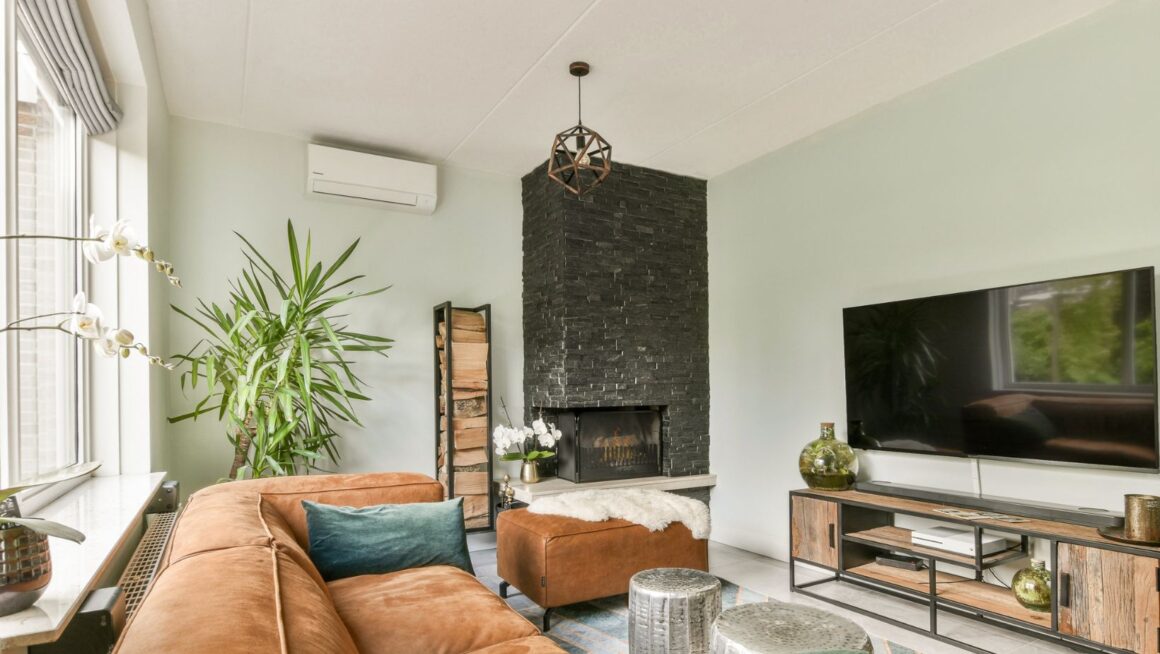Gift shops are easy to find, and as you might’ve noticed, most of them blur together after a while. The same mugs, magnets, and slogans appear everywhere. The Pacific Northwest feels different, though. Craft is part of daily life here.
If you’d rather bring home something that feels handmade instead of factory-produced, start with these simple ideas.
1. Explore Markets Where Artists Still Create
Public markets are full of stories if you wander past the main aisles. The lower levels of Pike Place Market in Seattle are packed with working artists like woodcarvers, jewellers, glassblowers and small workshops that tourists often miss.
If you’d like to plan ahead, the Visit Seattle local makers guide lists studios open to visitors.
Portland’s Saturday Market and the small studios on Whidbey Island are also worth a look. You’ll often see the process up close, which is the best way to tell what’s truly handmade.
2. Support Indigenous and Community Art Spaces
Across Washington and British Columbia, Indigenous markets and co-operatives sell work rooted in local traditions. You’ll find beautiful beadwork, carvings, woven textiles and prints.
Buying directly from these artists supports communities and helps preserve cultural craft. The Native Art Markets in Seattle and Vancouver are a good starting point.
If you’re curious, Smithsonian Magazine has published thoughtful pieces about how Pacific coast artists keep old techniques alive with new ideas. It’s worth a quiet read before you go.
3. Follow the Region’s Craft Trails
Small workshops often sit beyond the main towns. Travel Oregon’s craft trails map routes that link coastal galleries in Cannon Beach, Astoria and Newport.
Look out for “open studio” signs or ask in local cafés for recommendations. Many travellers stop at these creative spots before cruising from Seattle, choosing small, easy-to-pack décor pieces that reflect the region’s mix of sea and forest.
4. Check for Maker Details and Honest Imperfections
Mass-produced décor tends to look flawless. Real craft doesn’t. And that’s a good thing. Small quirks and variations are signs of genuine work, not factory design.
When you’re browsing, look for:
- Uneven textures. The glaze might drip slightly, or the paint may fade around the edges. This is proof that it was applied by hand.
- Tool marks or brush strokes. You can often see the path of a chisel or the sweep of a brush if you look closely under the light.
- Natural materials. Real wood, clay, and wool age differently. If everything feels smooth and plastic-like, it’s probably mass-made.
- Maker’s initials or tags. Many artisans sign or stamp the base with just a small mark near the edge.
- A story. If the seller can tell you where it was made, how long it took, or what inspired it, that’s a good sign.
5. Choose Pieces That Live Well at Home
Think practical, not decorative. Textiles, ceramics, or wooden pieces that can be used every day make better keepsakes than shelf-only souvenirs. Natural materials travel well and suit most homes, so focus on simple shapes and neutral tones.

If it’s something you’ll reach for regularly, it will keep its value and story longer.
6. Pack and Protect Your Finds
Handcrafted pieces need a little extra care when travelling. Here are a few quick habits to make sure your new treasures survive the trip home:
- Carry fragile items in hand luggage.
- Ask sellers for packaging, like a tissue, cardboard, or recycled paper.
- Label what’s delicate because it saves you from trouble at airport security or customs checks.
- Keep receipts and maker cards to help identify the item’s origin if you’re questioned at borders (plus, it will remind you who made it later).
- Don’t overbuy heavy pieces. Wood and stone add up quickly in checked bags, so one great piece often travels better than several cheap ones.
If you bring things home with the same care they were made with, they’ll last much longer.
Closing Thought
Real souvenirs teach patience. They remind you that someone somewhere shaped the materials of this region into something useful and quiet. Bring one home, and the spirit of the Pacific Northwest will follow you through your front door.


More Stories
The Homeowner’s Safety Net: Foundation Checks and the Right Insurance Policy
7 Entry-Level Trade Skills for Safer DIY Projects
From Home to the Arena: How iGaming Events Are Redefining Remote Entertainment